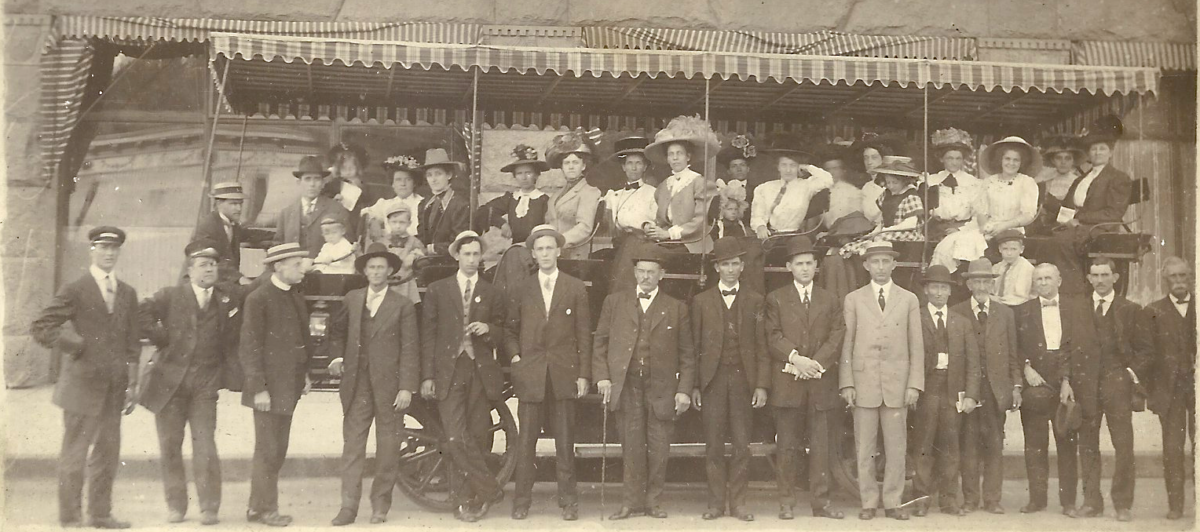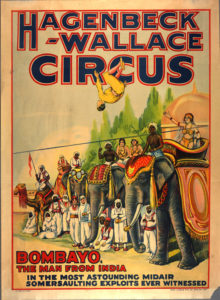 This posting is another bit of odds and ends, or what I like to call cultural tidbits from Jessie’s life in late 1913 and early 1914. For example, on Monday, September 8, 1913, Jessie and her date Miller watched the Hagenbeck Circus parade in downtown Memphis. An interesting fact about Carl Hagenbeck, the owner and creator of this circus, is that he “was an animal trainer who pioneered use of rewards-based animal training as opposed to fear-based training.” (Wikipedia)
This posting is another bit of odds and ends, or what I like to call cultural tidbits from Jessie’s life in late 1913 and early 1914. For example, on Monday, September 8, 1913, Jessie and her date Miller watched the Hagenbeck Circus parade in downtown Memphis. An interesting fact about Carl Hagenbeck, the owner and creator of this circus, is that he “was an animal trainer who pioneered use of rewards-based animal training as opposed to fear-based training.” (Wikipedia)
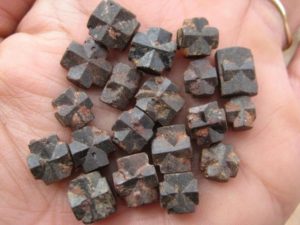
On November 29, 1913, Jessie was once again out with Miller. They had gone to see The Trail of the Lonesome Pine at the Lyceum. Jessie wrote, “Miller bought me a little fairy stone after the show – now can’t nobody talk bad about me.” I had never heard of fairy stones before and this piqued my interest. It turns out there are two kinds of fairy stones. One kind is found only in Georgia and Virginia (where there is a Fairy Stone State Park) and a few other places in the world, and I believe this is probably the kind Jessie got. This stone, which is brownish and is a staurolite crystal, naturally forms a cross, and so of course has many stories, myths and legends connected to it. Check out this blog for more information about the staurolite crystal fairy stones.
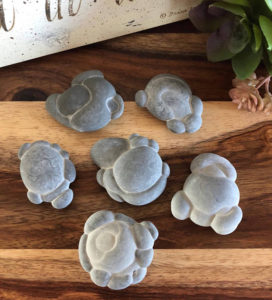
The other kind of fairy stone, and the one that intrigues me the most, is the Canadian fairy stone. These rocks are found in northern Quebec and were created as glaciers advanced and then retreated, leaving them on lake and river banks. Known as clay stone glacial concretions, their smooth, rounded, disk-like shapes make them look like little sculptures. The Algonquins found these stones/pebbles on the lake and river banks and kept them as good luck charms. Others they used in their homes to ward off evil spirits and to insure good health and prosperity. Check out this link for more information about these very interesting pebbles.
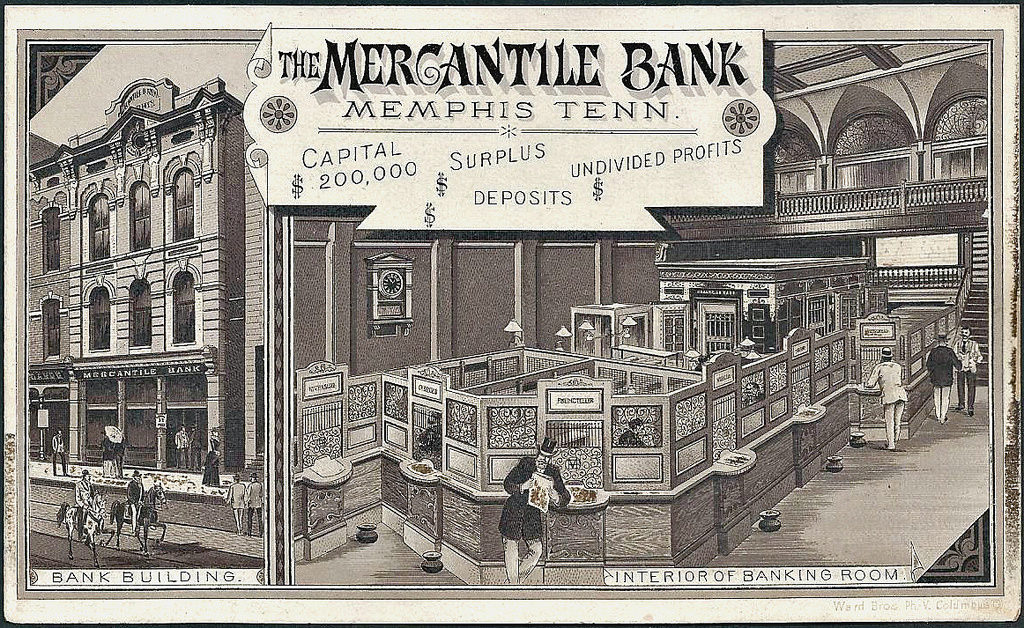
On February 9, 1914, The old Mercantile Bank of Memphis closed its doors after the president of the bank embezzled enough funds to break the bank. As Jessie said, “So many people lost their money.”
Many things were different back in the 1910s. One of those things was schooling. Jessie turned 19 in December 1913, and she was a senior in high school. According to her diary, she could have skipped her senior year and gone on to college (she was recruited by at least one college), but she chose to stay on for her final year. Reading her diary, it’s hard to believe she is in school. She doesn’t mention it that much (except to complain about going to school), but she does mention going out almost every night of the week. She goes to dances, shows, parties, dinners, etc. etc., and as Jessie points out, “Going out every night sure makes you tired at school the next day.” (Feb. 27, 1914)
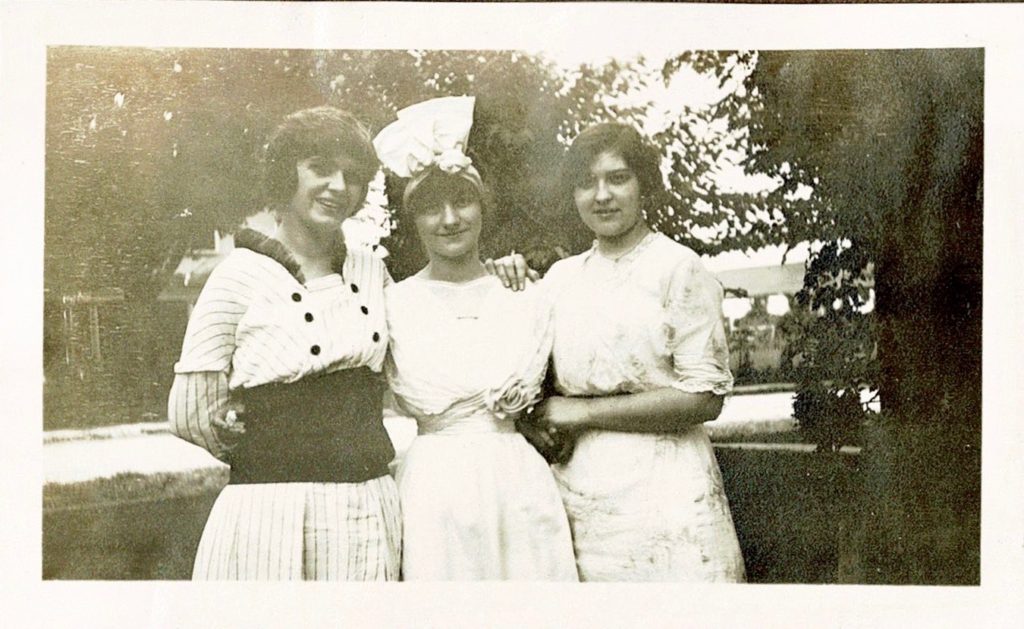
Two of Jessie’s best friends, Sara and Sue John, got married in the first few months of 1914, and there were many parties in celebration of those two engagements. On February 28, 1914, Jessie, who was a bridesmaid in Sue John’s wedding, gave a luncheon for her. She had gone to town the previous day and bought favors to give with each course, and most of the favors had a symbolic meaning. Jessie got a little spoon in one of the favors. “That’s the sign I’m the spoonest girl. How perfectly absurd!” The Oxford Dictionary says that a dated and informal meaning of spoon or spooner is “a person kissing and cuddling another person amorously.” Jessie did date quite a few boys! She got another sign from the universe at Sue John’s wedding to Boyd in Covington, Tennessee (March 24, 1914). An old Victorian custom that had mostly died out with the beginning of the 20th century, but evidently was still popular in more rural areas like Covington, had to do with the wedding cake. Typically there were three cakes at the wedding. One was for the guests, the groom had a cake, and the bride had a cake. In the bride’s cake there were little favors baked into the cake, and it was cut and divided between the bridal party. Jessie wrote, “The most dreadful thing happened. I cut the thimble in the wedding cake. ‘Twas awful.” Getting the thimble meant you were destined to never marry. (Spoiler alert! Jessie did eventually get married, but like most of the women in our family, she married rather late.)
